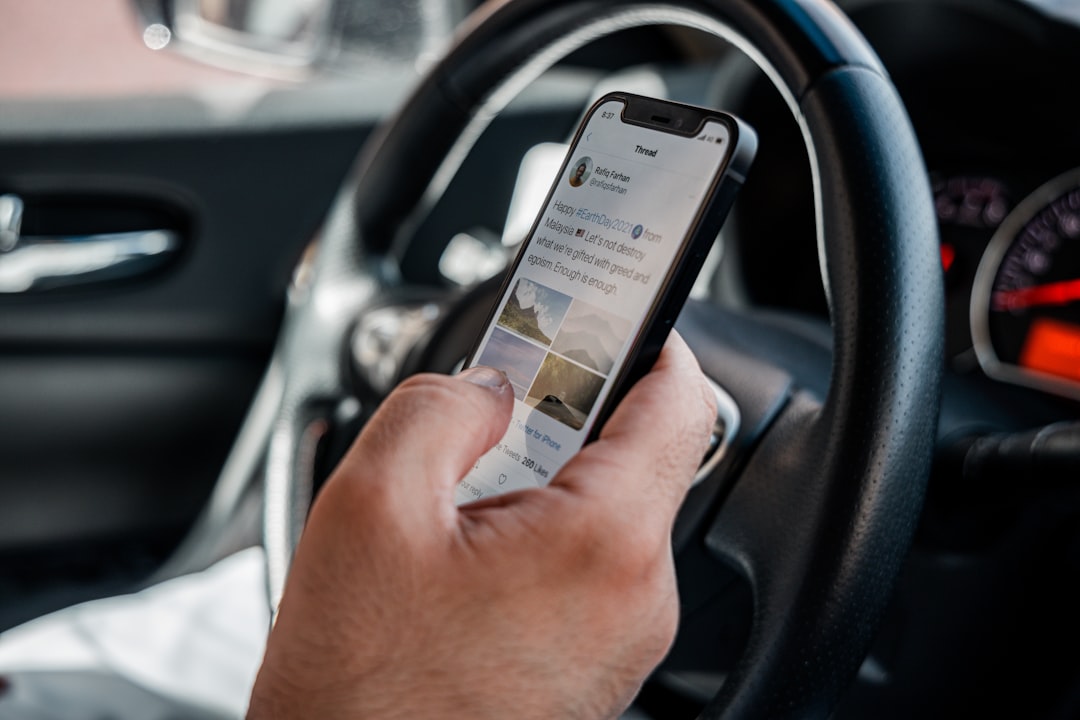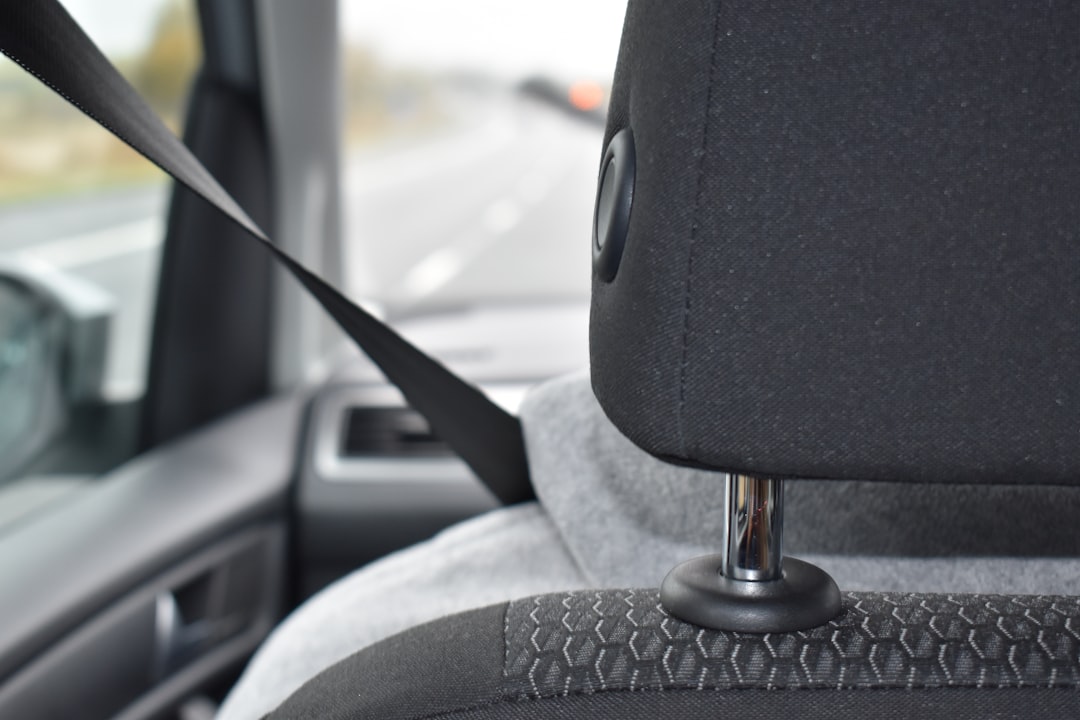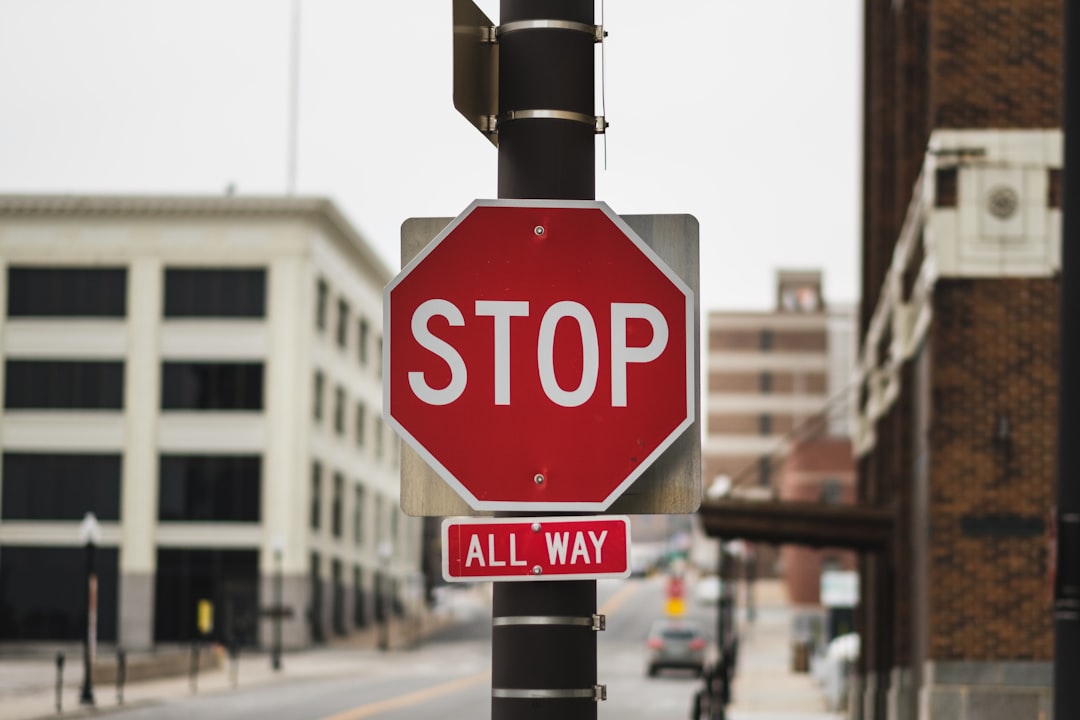Inside this article:

The 14 Commandments of Driving
There are many regulations when it comes to driving. It’s important to learn them all before taking your first steps behind the wheel.. It can be confusing for beginners. That’s why we’ve compiled the 10 commandments of driving to help you become a safe driver.
1. Thou shalt always obey the speed limit.
The speed limit is a set limit on the speed at which a vehicle can travel. When driving, always obey the speed limit. This feature ensures your – and other drivers on the road – are kept safe, so you can worry less about the roads.
2. Thou shalt not drink and drive.
One of the most common ways to get into trouble while driving is to drink and drive. Drinking alcohol can impair your ability to drive, and can lead to dangerous consequences. If you are drinking and driving, don’t risk your safety or the safety of others by driving home. You can get a ride with a friend, call a taxi, or take a bus or cab.
3. Thou shalt use turn signals.
Turn signals are one of the most important safety devices you can use when driving. When turning, use your turn signals to indicate to other drivers that you are turning. Make sure to use your turn signals at least 100 feet before you make a turn.
4. Thou shalt never text and drive.
Texting and driving is never safe, no matter how often you think you’re not doing it. Police officers see a lot of distracted driving, and it’s one of the leading causes of accidents. If you’re ever pulled over for texting and driving, don’t try to deny it. Just say sorry and promise not to do it again.
5. Thou shalt merge lanes properly.
Merging is one of the most important things you can do when driving. When you merge, you are allowing other drivers to move over so that you can all travel together in the same lane. Make sure to do it smoothly and without hesitation so that everyone can get where they’re going safely.
6. Thou shalt check thy mirrors frequently.
When you’re driving, it’s important to always check your mirrors. This way, you can make sure you’re always aware of what’s behind you. Checking your mirrors frequently can help you avoid accidents.
7. Thou shalt yield to oncoming traffic.
When you are driving, you must always yield to oncoming traffic. This means that if there is an oncoming car in your lane, you must move over to the right lane or the shoulder of the road. You must also stop if there is an obstruction in the oncoming traffic.
8. Thou shalt not tailgate.
Tailgating is a common occurrence on the roads and can be dangerous for both drivers and pedestrians.
1. Thou shalt not tailgate in the left lane.
Tailing is a common practice among new drivers, but it’s not safe. If you’re following too closely, you’re more likely to get into an accident. Stick to the right lane and let other drivers pass.
2. Thou shalt not tailgate on the shoulder.
Tailgating on the shoulder is not only illegal in most states, but it’s also dangerous. When you tailgate, you’re putting yourself and other drivers in danger by blocking the flow of traffic. If you’re ever pulled over for tailgating, be sure to explain why you were doing it and be prepared to face the consequences.
3. Thou shalt not tailgate in the fast lane.
Tailgating is a common occurrence on the roads, but it’s not always safe or legal. If you’re tailgating someone in the fast lane, you’re putting them and yourself in danger. You could get pulled over for breaking the law, and you could also cause an accident. If you’re going to tailgate, make sure to do it safely and legally.
4. Thou shalt not tailgate in the middle lane.
Tailgating is not only illegal, it’s also dangerous. It’s one of the most common causes of car accidents. When you’re driving, always stay in the right lane. If you need to pass, do so in the left lane. Always maintain a safe distance between your vehicle and the one in front of you.
5. Thou shalt not tailgate when there is a stop sign or red light.
Tailgating is a common occurrence in the United States, but it is illegal in most states. When there is a stop sign or red light, you must stop at the stop sign or red light, even if there is someone behind you. If you do not stop at the stop sign or red light, you may get a ticket.
6. Thou shalt not tailgate when there is a traffic jam.
Tailgating is a common practice among drivers, but it is not always safe or legal. When there is a traffic jam, it is not safe to tailgate because you may end up causing an accident.
7. Thou shalt not tailgate when it is raining or snowing.
Tailgating is not allowed when it is raining or snowing because it can cause wet roads and slippery conditions. This can lead to accidents and can even cause a vehicle to slide off the road.
9. Thou shalt park in a designated spot.
One of the most important things you need to do when you’re driving is to always park in a designated spot. This will help keep your car safe and you will avoid getting a ticket.
write more about shalt park in a designated spot
1. Always use a designated parking spot when possible.
2. Make Sure You Are Properly Restrained In Your Vehicle.
3. Always Use Your Mirrors To Check For Oncoming Traffic.
4. Use Your Headlights When Driving At Night.
5. Stay Alert While Driving, And Avoid distractions.
6. Drive Safely And Responsibly, And Remember That Every Second Counts.
7. Give Yourself Enough Time To Get Where You Are Going.?
8. Respect The Rules Of The Road, And Obey All Traffic Laws.?
9. Drive Defensively When Necessary, And Stay Alert For Possible Threats.
10. Avoid parking in areas that are difficult to access or where there are many cars parked.
11. Make sure your car is properly parked so it doesn’t block other drivers or pedestrians.
12. Use a parking meter if possible to avoid overpaying for parking.
10. Thou shalt always be a defensive driver.
Being defensive when driving is key to keeping yourself and others safe on the roads. Always be aware of your surroundings and be prepared to take appropriate action if necessary.
11. Thou shalt always wear a seatbelt.
Wearing a seatbelt is one of the most important safety rules when driving. It can help prevent serious injury in a crash, and it’s the law in most states. If you’re not wearing a seatbelt, you could be fined, get points on your driving record, or even get arrested.
12. Thou shalt not use a cell phone while driving.
It is illegal to use a cell phone while driving in most states, and it is also illegal to text and drive. Even if you are not using a cell phone, it is important to be aware of your surroundings and avoid distractions while driving.
13. Thou shalt use turn signals.
Let other drivers know what you intend to do by using your turn signals when you turn. This will let other drivers know that you are turning and will help avoid accidents.
14. Thou shalt keep a safe distance from other cars.
Driving is a skill that needs to be practiced and mastered in order to be safe on the roads. One of the most important guidelines to remember when driving is to keep a safe distance from other cars. This means never tailgate, drive too close to the back of another vehicle, or drive in a reckless manner. Always drive cautiously and obey all traffic laws.
Conclusion
The 10 Commandments of Driving can be summed up in a few simple words: obey the law, stay safe, and drive smart. These are essential guidelines for anyone who wants to learn how to drive, and they should be followed at all times. By following these commandments, you can avoid getting pulled over, stay safe on the road, and keep your car in good condition.






